Mekelle፡Telaviv, Nairobi, Pretoria, London, (Tigray Herald).
Addis Ababa Reimagined: How Corridor Development Is Transforming Ethiopia’s Capital Into a Regional Power house
By Tesema Nadew
New roads, vibrant business zones, and seamless transport links are reshaping the city’s future and the Horn of Africa’s.
Not long ago, gridlock, congestion, and patchy infrastructure defined the daily rhythm of Addis Ababa. Today, the Ethiopian capital is undergoing a striking metamorphosis. With the launch of its ambitious corridor development project, Addis Ababa is being reimagined not just as a capital city, but as a dynamic, connected, and livable urban hub for all of East Africa.
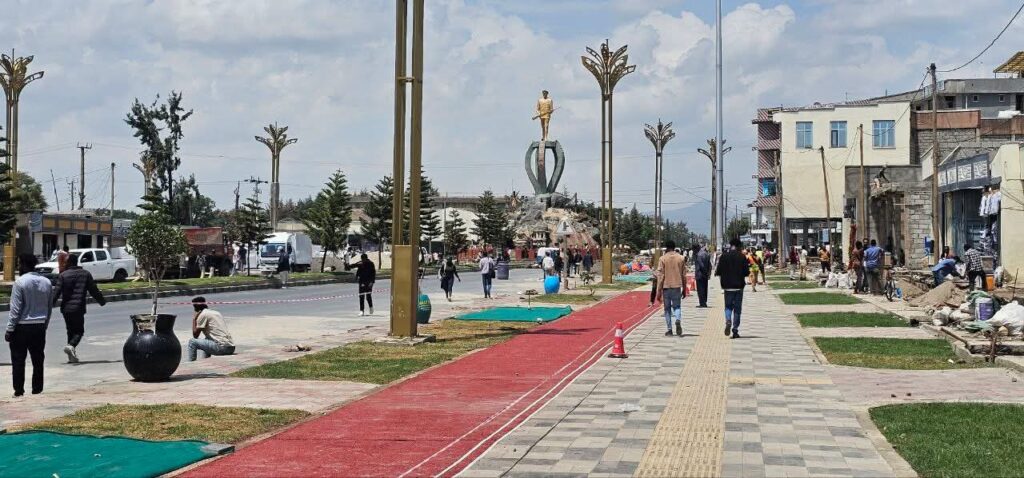
Wide new roads, integrated public transport, green spaces, and modern business corridors are now reshaping the cityscape. The vision, according to city planners and federal officials, is simple yet bold: turn Addis Ababa into a 21st-century metropolis capable of driving trade, tourism, and innovation—not only for Ethiopia, but for the entire region.
A New Urban Heartbeat
The corridor development project, initiated as part of Prime Minister Abiy Ahmed’s broader “Beautifying Sheger” initiative, has introduced a new tempo to the city. Dozens of strategic roads connecting commercial centers, airports, industrial parks, and heritage sites have been upgraded or built from scratch. These corridors serve as more than traffic solutions; they are arteries for commerce and culture.
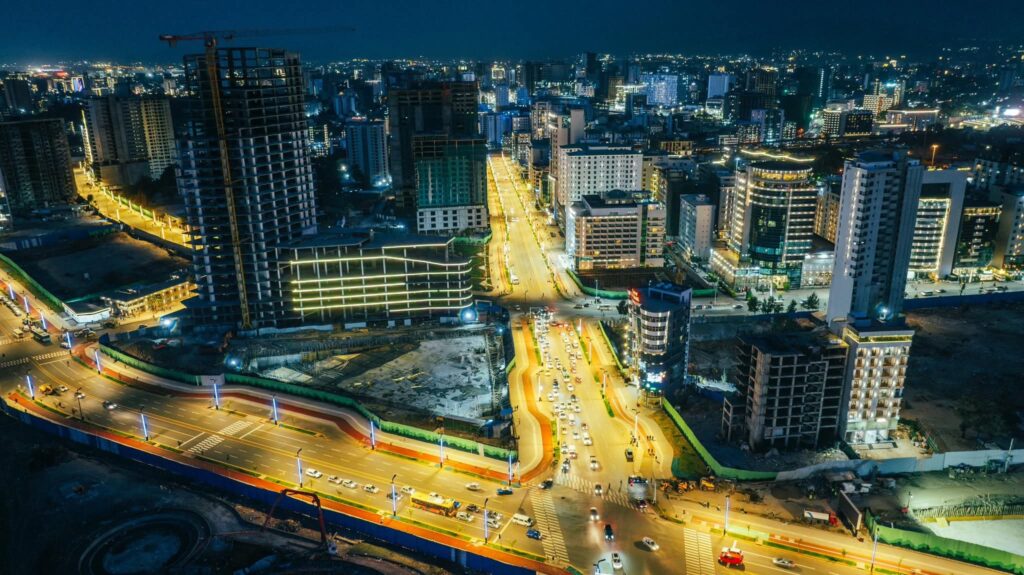
From Bole to Kazanchis, La Gare to Mexico Square, and out toward the new Special Economic Zones, the landscape is changing rapidly. Modern commercial hubs are springing up along these axes, drawing in tech startups, real estate developers, coffee chains, banks, and logistics firms. Nightlife has returned. So has investment.
“Before, you would sit in traffic for an hour just to get across town,” says Selam Mesfin, a tech entrepreneur based in Addis. “Now, the city moves. And because the city moves, business moves.”
Trade, Tourism, and Transit
Addis Ababa has always held geopolitical significance home to the African Union, the UN Economic Commission for Africa, and dozens of embassies. But its infrastructure lagged behind its diplomatic stature. That is quickly changing.
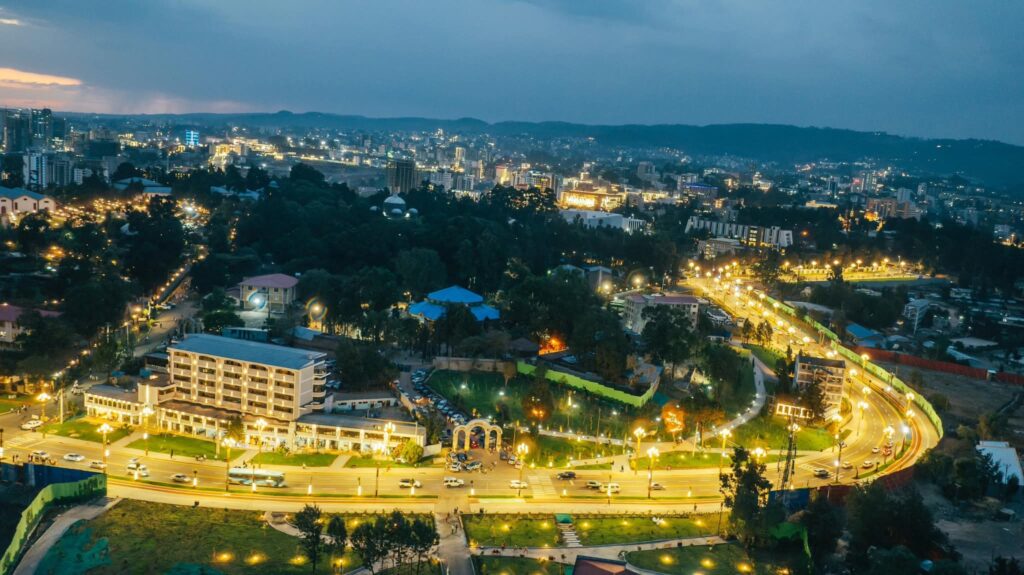
With improved expressways, airport links, and rail access to the Ethiopia-Djibouti SGR line, Addis is reclaiming its role as a trade gateway. The corridors connect the city’s industrial zones to ports, airports, and dry logistics centers. Freight moves faster. So do people.
Tourism is also surging. The corridor upgrades have enhanced access to museums, cultural landmarks, historical churches, and even the lush Entoto and Sheger parks. For both diaspora visitors and foreign tourists, Addis Ababa now offers a smoother, safer, and more aesthetic experience one that balances tradition with modernity.
Inclusive Growth or Gentrification?
Despite the rapid progress, questions remain. Urban expansion has often pushed poorer communities to the city’s periphery. Street vendors and informal businesses, once a defining feature of Addis’s street life, have at times clashed with beautification policies.
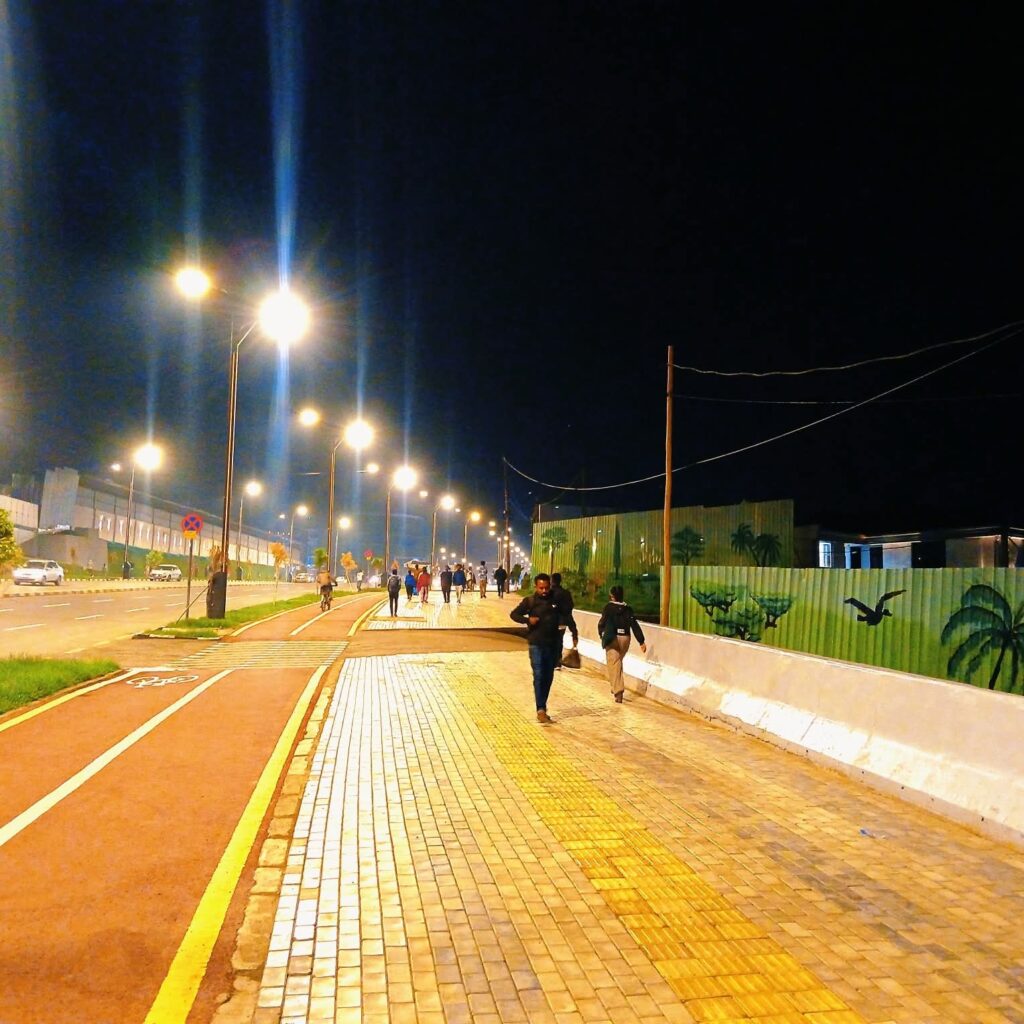
City officials insist the goal is inclusive development. Mixed-use corridors include public housing, open markets, pedestrian zones, and recreational spaces. But the pace of change has sparked anxiety for many residents.
“Development is good,” says Meron Getahun, a social researcher. “But it must protect the soul of the city its people, its cultures, and its diversity.”
Green and Smart?
Sustainability is another pillar of the corridor vision. New transport corridors are being built with climate resilience in mind — flood control, green belts, and electric public buses. Some road designs now include solar-powered lighting, stormwater management, and bicycle lanes.
The city is also exploring “smart corridor” models, using digital traffic monitoring, urban analytics, and AI-assisted planning. Whether Addis Ababa can become a smart city in the full sense remains to be seen, but the foundations are being laid.
A Model for African Cities?
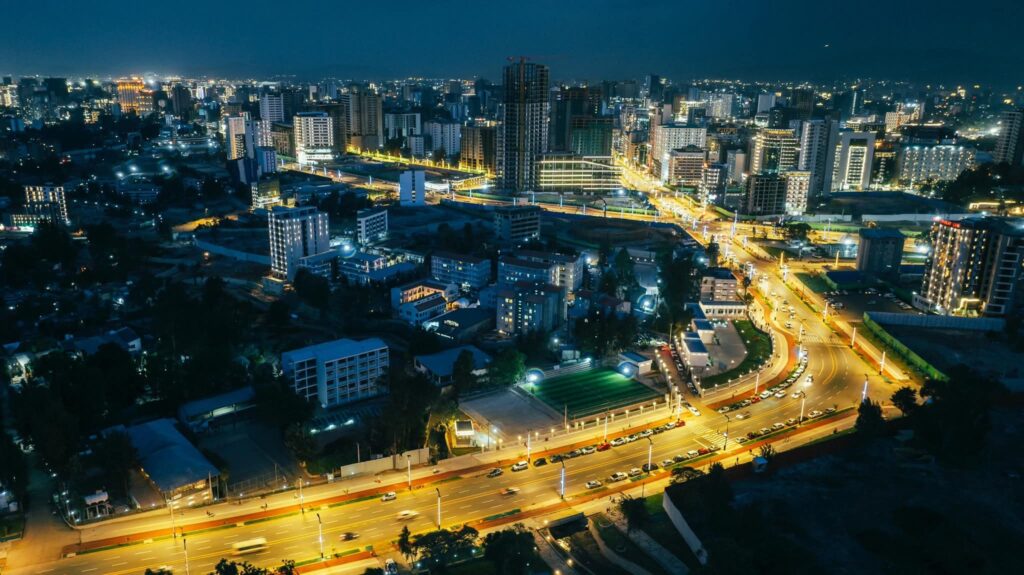
Urbanization is accelerating across Africa, often outpacing planning and infrastructure. Addis Ababa’s corridor development model is already drawing interest from planners in Kigali, Nairobi, and Dar es Salaam. With its combination of infrastructure, innovation, and heritage conservation, it offers a model for how cities can grow with purpose.
Yet the challenges are real: rising costs, displacement, traffic reroutes, and environmental pressure all need constant calibration. But the progress is tangible.
A City on the Move
Addis Ababa is no longer standing still. The corridor development project has not only expanded the city physically, but also redefined what is possible. From clogged junctions to streamlined highways, from underused spaces to vibrant public plazas, a city once burdened by its growth is now being empowered by it.
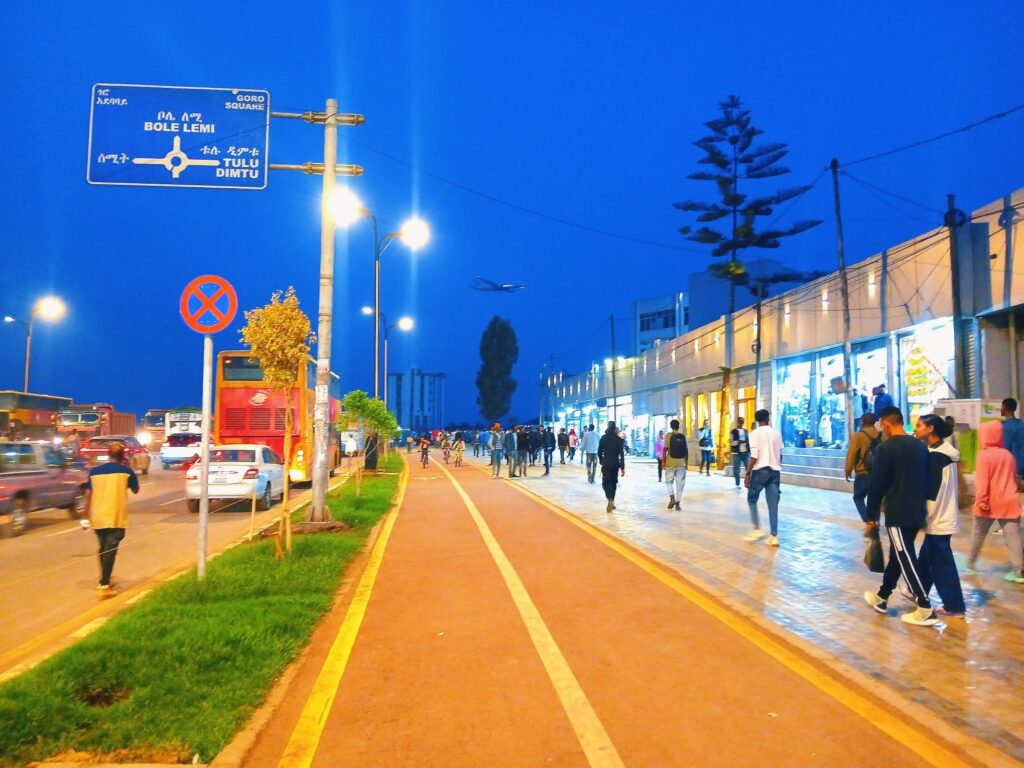
In doing so, Addis is sending a signal across Africa: that the future of urban development doesn’t have to wait. It can begin now corridor by corridor, block by block, dream by dream.




